Who doesn’t know Lego, the creative building block toy popular all over the world? Initially invented in Denmark in 1932, it’s taken over the toy world since then, with its open-ended play capabilities that allow Lego fans to build whatever their imagination leads them to, from a safari car to the Eiffel Tower. Blocks that attach to one another are designed in a simple way but can be utilized for complex configurations.
If you, or someone in your life, are a fan of Lego or similar building toys and you have access to a 3D printer, you’re in luck. There’s a wide range of creative building blocks that can be printed in the comfort of your home to allow for some creative construction possibilities. And as a bonus, all the files are free of charge.
You’ll find a number of building toys or interlocking blocks out there that might be great for one particular purpose, such as marble run blocks. While those types of toys are great too, we’ve focused on designs that can truly allow your imagination to have free reign. The selected designs are generally quite easy to print, use easily attainable components, and they’ve all been tested out to make sure they truly “work”!
And if you find a model or two (or more) that you like, but you don’t have a 3D printer available nearby, know that Craftcloud, has your back!
Montini Bricks
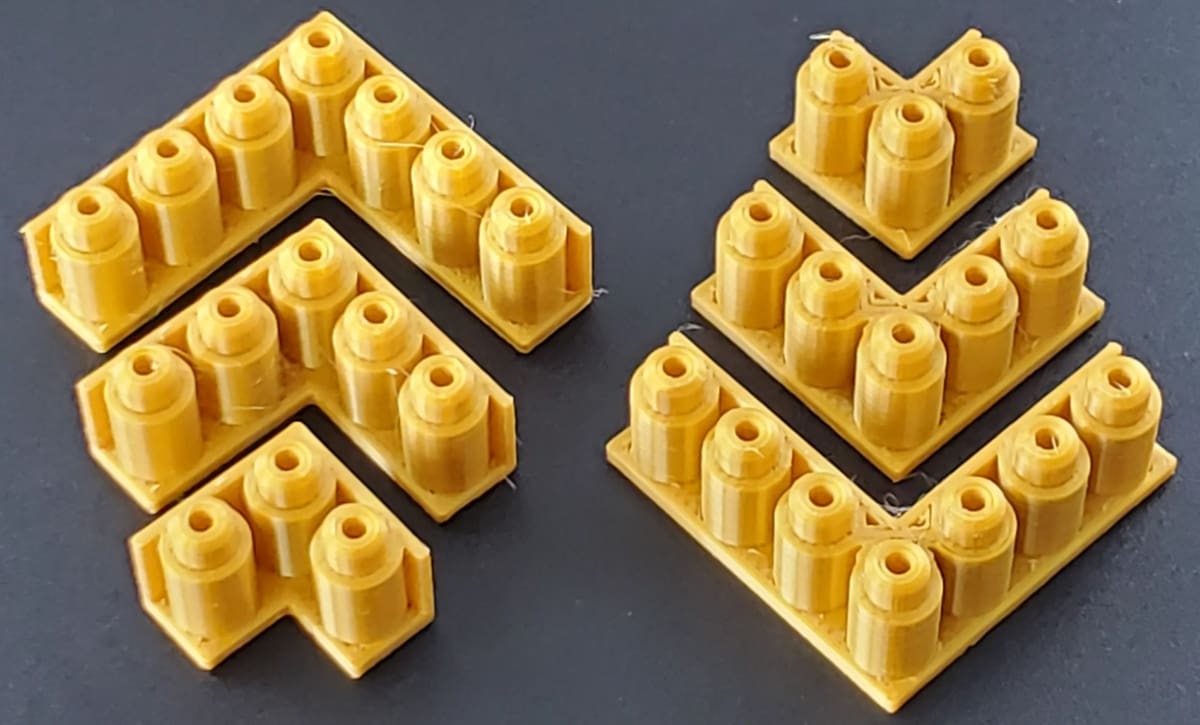
Inspired by the original polypropylene Montini Bricks created in the Netherlands out in the 1960s, these blocks are a great all-rounder choice. Not only are they compatible with Legos, but they’re fun in their own right, with lots of building possibilities. (However, note that you should not try to mix them with actual vintage Montini blocks!)
The maker notes that they are friction fit parts and are best printed with an infill of 100%. There are 15 different styles of blocks in the files so that you can print as many of each kind as you’d like. A user has commented that at 200%, they are also compatible with Duplo blocks!
- Who designed it? LeftSpin
- How popular/printable is it? Currently at 182 downloads and 6 likes, these blocks are a popular and versatile choice.
- Where to find it? PrusaPrinters, Cults
CaliBlocks
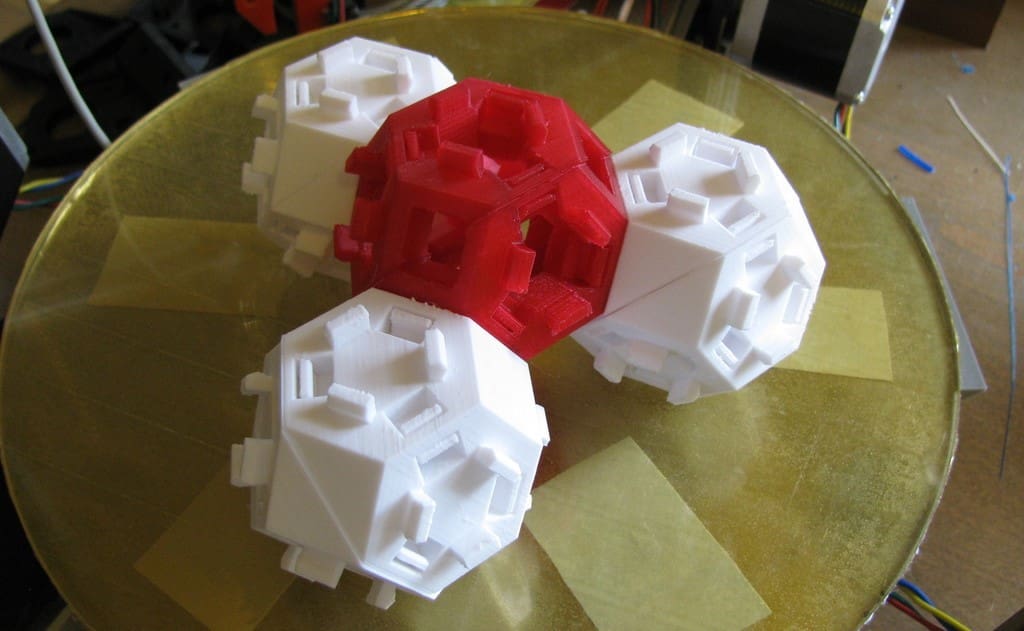
Designed to easily snap together, these engaging calibration blocks provide hours of creative possibilities for users of any age. Featuring lots of detailed instructions and pointers from the creator, you can even try out the 1-hour challenge by printing the normal half in less than an hour, if you’re feeling ambitious!
CaliBlocks are ideally printed with PETG or ABS, as the creators notes that PLA can be a bit brittle for this project. Small layer heights and optimized overhang settings are also important details for bringing these blocks to life.
- Who designed it? tempo502
- How popular/printable is it? The design has 18 Makes and 607 likes thus far.
- Where to find it? Thingiverse
Gravity Blocks
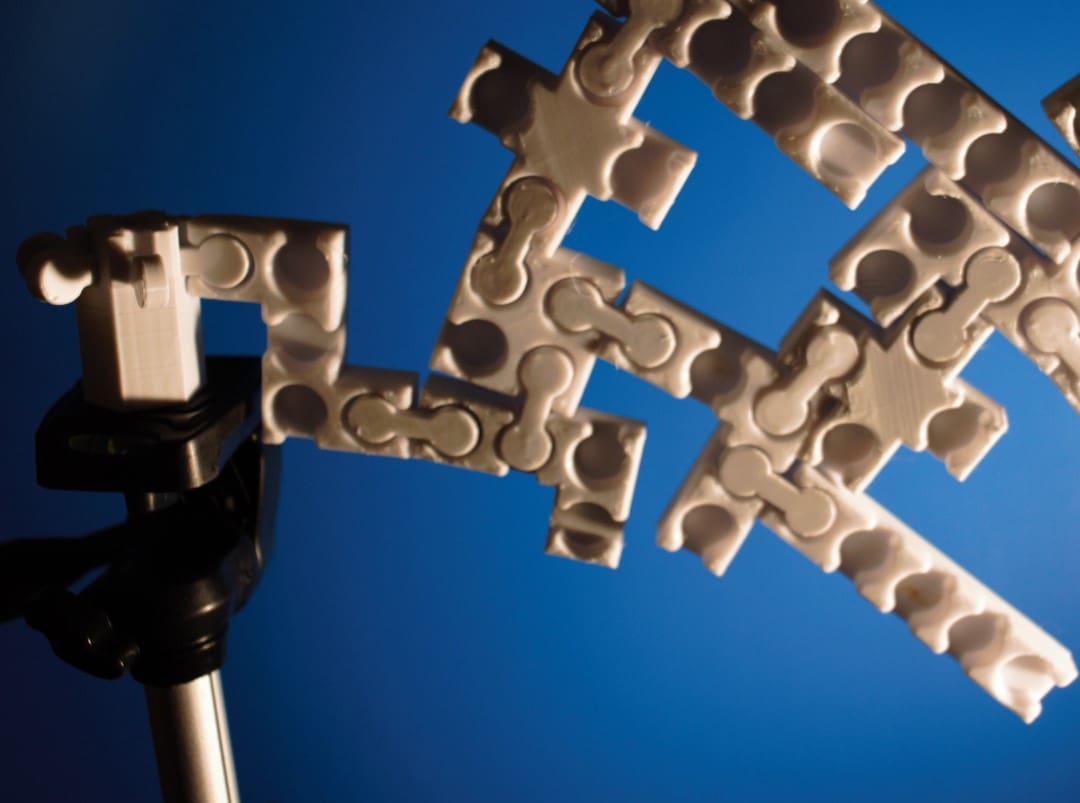
Designed for epic building projects, these innovative interlocking blocks allow the user to play around with gravity and balance. There’s also an anchor piece that allows you to mount the blocks, for instance, to a tripod. Perfect for honing those balancing skills when stacking!
The creator offers many tips and suggestions for how to play around with these inventive blocks. Note that you will need super glue and a 1/4 inch nut on hand if you want to use the anchor piece. Files are fairly straightforward and shouldn’t be too challenging or time-consuming to print.
- Who designed it? JustPlaneMe
- How popular/printable is it? These blocks have been downloaded 19 times and have over 1,200 views on the site.
- Where to find it? MyMiniFactory
Naef Blocks
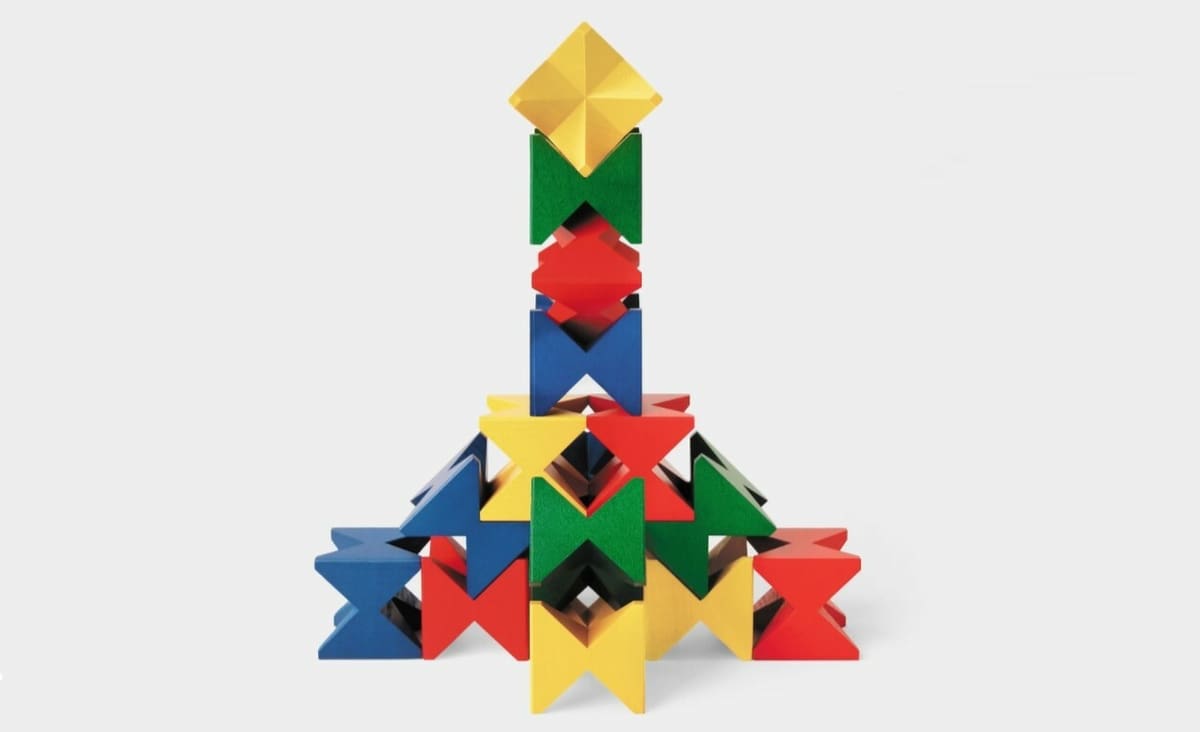
Have a blast playing around with these blocks based on the original Naef blocks from the 1950s. The Naef blocks are stackable nesting colored building blocks, which are very open-ended for all sorts of intriguing designs from building structures to landscapes.
The files can be rescaled if desired and were initially designed via Tinkercad. With only one file, this makes it easy to reproduce the print as much as you want. Makers report that it’s a very simple and fun item to print. One of the Remixes even makes this block compatible with Duplo!
- Who designed it? zhoujianfu
- How popular/printable is it? This design has 13 incredible Makes as well as 6 Remixes.
- Where to find it? Thingiverse
Primi Blocks

These engaging Primi Blocks boast a wide variety of interlocking geometric shapes and pins, which makes for a particularly awesome STEM toy for creators of all ages. The design is inspired by meshing primitives and features hexagonal pins.
The creator gives a great deal of detail and can provide additional files if required by makers. The print uses 25% infill and three walls, though it’s possible that it could work with a lower infill. The designer recommends printing a single piece in each diameter initially before proceeding with additional prints, to see what’s working best for your printer.
- Who designed it? aclugston519
- How popular/printable is it? This clever set of blocks is holding strong at 66 downloads and over 1,600 views.
- Where to find it? MyMiniFactory
Plus-Plus Blocks

Reminiscent of the pound or hash symbol, the Plus Plus waffle-shaped interlocking blocks can be used for 2D or 3D creations. You can build with the pieces lying flat or create cube-like shapes. This is an ideal block toy for younger children as well, as the pieces are simple enough to link together.
The blocks are a relatively straightforward and easy-to-do print that can be replicated as many times as needed for a larger collection of pieces. They’re modeled after Plus-Plus blocks and, while it’s not specified, are likely compatible with the brand name blocks.
Universal Joint Blocks
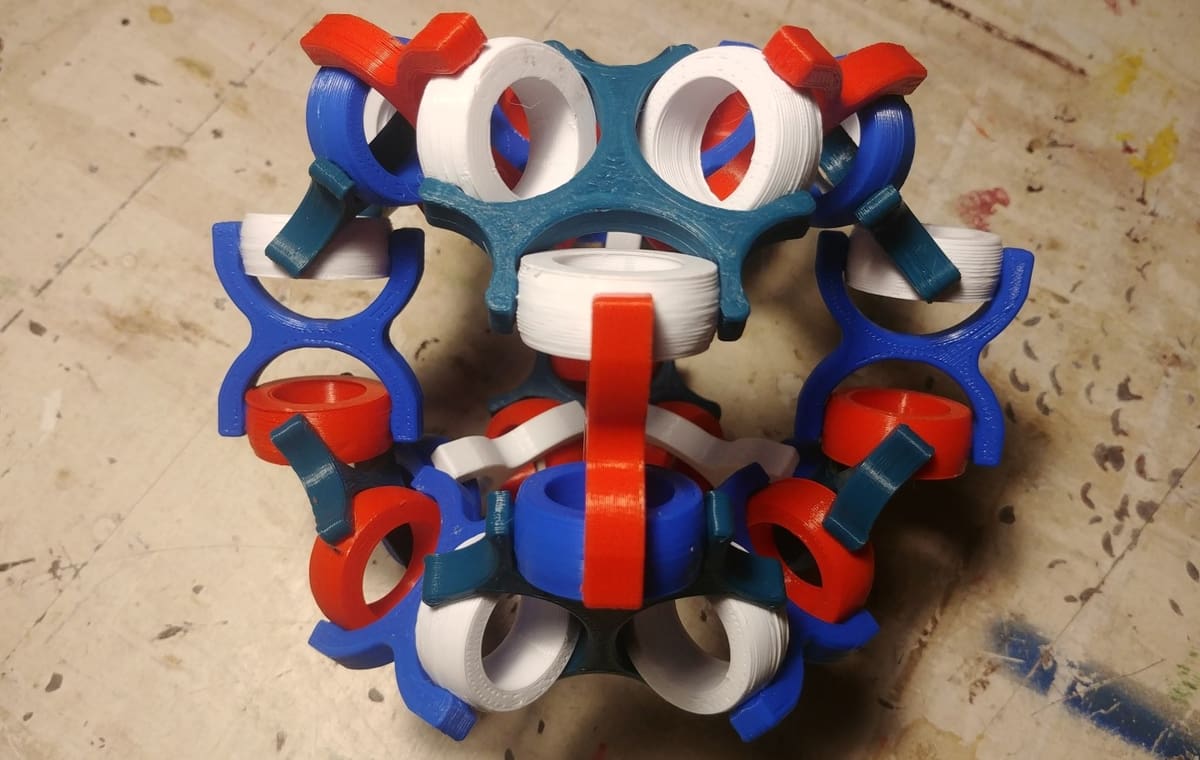
The Universal Joint Building Blocks are a creative and unconventional combination of joint and connector pieces for fantastic designs. They’re a perfect STEM option for children, teenagers, and even adults, and they’re great to keep your hands occupied.
This print’s design uses PLA with a 20% infill, and it’s a fairly quick project, as the files take about 20-60 minutes to print. The creator has a few other fun prints to check out as well, including a physics experiment.
- Who designed it? ComradeKasten
- How popular/printable is it? 2,111 views and 81 downloads so far – impressive!
- Where to find it? MyMiniFactory
Bubo Base Blocks
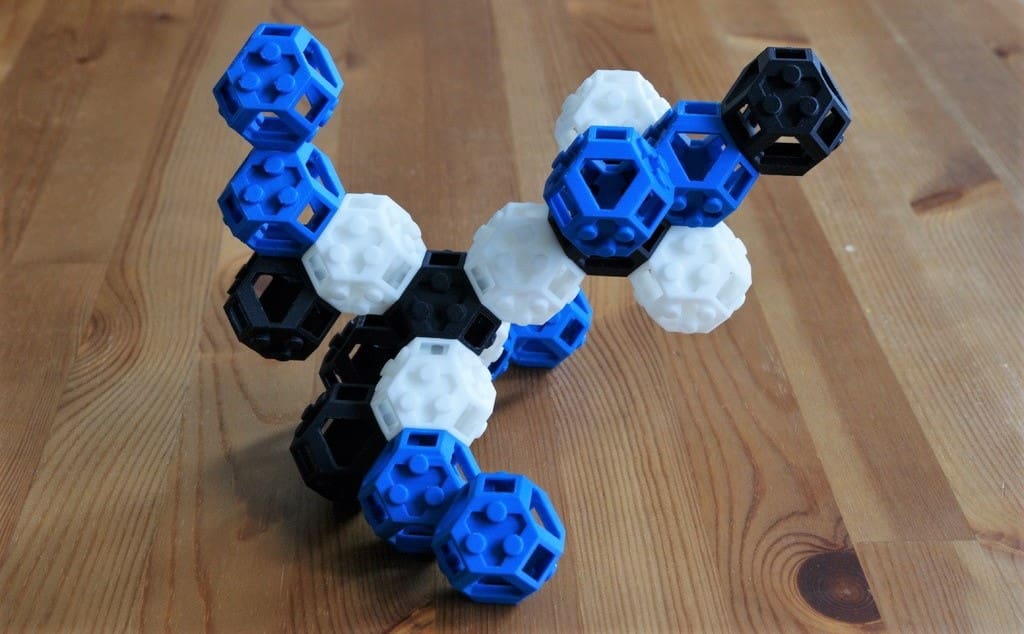
The Bubo acrylic blocks are compatible with other similar models. Their inventive octahedron-shaped connecting blocks allow you to construct in any direction. The creator designed these blocks in OpenSCAD, and has made three versions so far; the latest has a thicker central hex part.
The file link also contains the SCAD file for customizing or remixing the Bubo blocks, so you can really make them your own!
- Who designed it? bsulkowski
- How popular/printable is it? This versatile, gravity-defying design has 2 Makes, 2 Remixes, and 72 likes.
- Where to find it? Thingiverse
Magnetic Construction Toys

Very similar to the popular Magnatiles in style, these imaginative blocks allow users to form various 2D and 3D figures out of a variety of magnetic shapes, including triangles, squares, and hexagons. They can also double as fridge magnets or can be used for other forms of free magnet play. These prints are ideal for older children or adults (magnet swallowing is a danger for young children).
It’s best to use ABS and to prep your printer for dealing with magnets – the creator notes that a stainless steel nozzle is a particular issue when printing with magnets.
- Who designed it? rawlogic
- How popular/printable is it? With 307 likes and 3 makes, it’s a well-liked print.
- Where to find it? Thingiverse
BuckleBoards
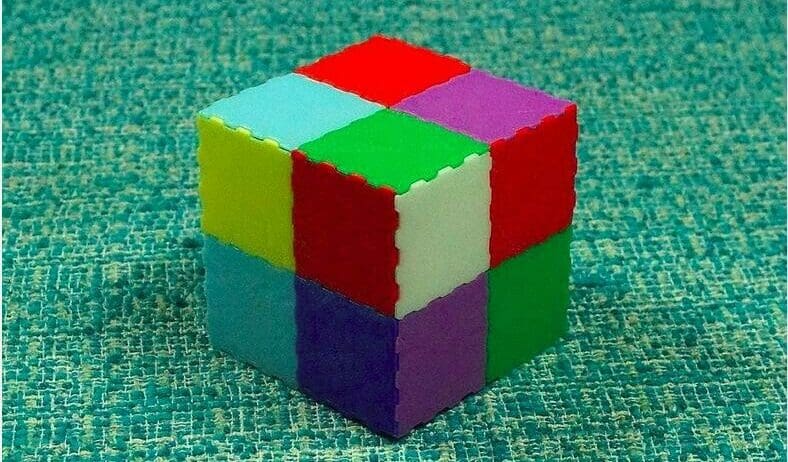
The versatile and colorful BuckleBoards could be a nice choice to add to your STEM toy collection. The BuckleBoards work together with BuckleTiles and are designed to be used not just for making fanciful objects, but also to assist with board game design and even prototyping, so they can be quite functional in addition to fun.
Each BuckleBoard has been designed to fit four BuckleTiles, which are compatible with gaming miniatures sized at 28 mm. Different files can allow for various sizes of the tiles, including standard and cross sizes. Note that it’s important for optimal calibration on the printer, and it’s a good idea to use Cura‘s “horizontal expansion” feature.
- Who designed it? Tony Youngblood
- How popular/printable is it? Holding strong at 16 downloads
- Where to find it? PrusaPrinters (boards, tiles)
License: The text of "3D Printed Lego Alternatives: Building Blocks to 3D Print" by All3DP is licensed under a Creative Commons Attribution 4.0 International License.
